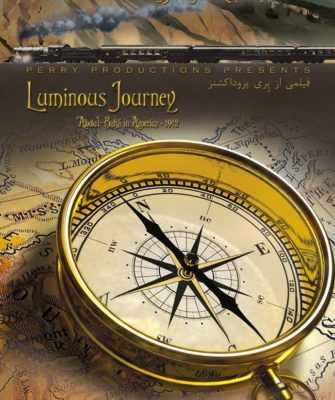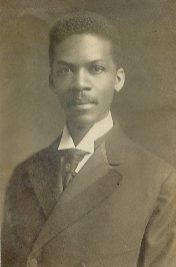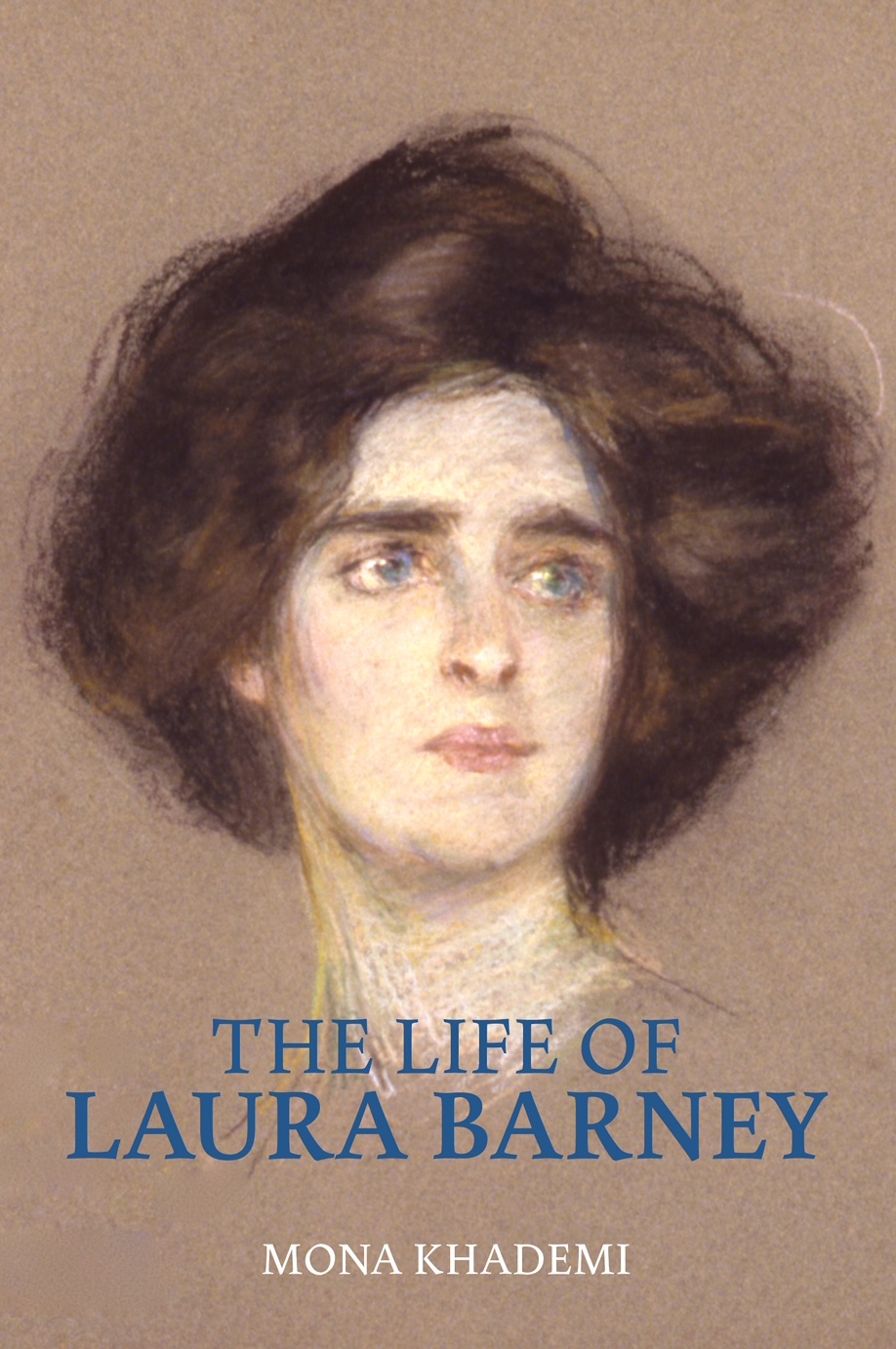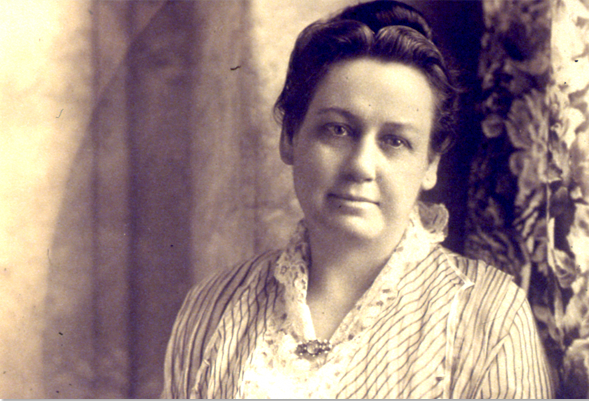
‘Abdu’l-Baha Encouraging Change

Issues of Society
‘Abdu’l-Baha Encouraging Change
Source: A Heavenly Vista: The Pilgrimage of Louis G. Gregory & bahai-encyclopedia-project.org
Louis Gregory became a Baha’i in June 1909. One of the first actions given to him as a Baha’i was to confront de facto segregation in the Washington DC Baha’i community. Rather than being disaffected by the disparity between the Baha’is’ professed beliefs and their actions, which largely reflected customary social attitudes and practices, Gregory became an agent of change. His mission was reinforced by ‘Abdu’l-Baha, who wrote in 1909 in reply to Gregory’s first letter to Him:
“I hope that thou mayest become the herald of the Kingdom; become the means whereby the white and colored people shall close their eyes to racial differences and behold the reality of humanity: And that is the universal unity which is the oneness of the kingdom of the human race, the basic harmony of the world and the appearance of the Bounty of the Almighty. In brief, do thou not look upon thy weak body and thy limited capacity. Look thou upon the Bounties and Providence of the Lord of the Kingdom; for His Confirmation is great and His Power unparalleled and incomparable. Rely as much as thou canst upon the True One and be thou resigned to the Will of God, so that like unto a candle thou mayest become enkindled in the world of humanity and like unto a star thou mayest shine and gleam from the Horizon of Reality and become the cause of the Guidance of both races.”
Early in 1910, buoyed by such guidance, Gregory and the Hannens initiated a large integrated monthly gathering along the lines ‘Abdu’l-Baha had earlier prescribed. Joseph Hannen reported for the first issue of the new national Baha’i newsletter:
On the evening of March 6th, an important gathering assembled at the home of Mr. and Mrs. Hannen, representing the joining in one meeting of the white and the colored Baha’is and friends of this city…. This is the first [such] meeting …, and is to be repeated monthly. There were present about 35 persons, one-third of whom were colored, and nearly all believers.




